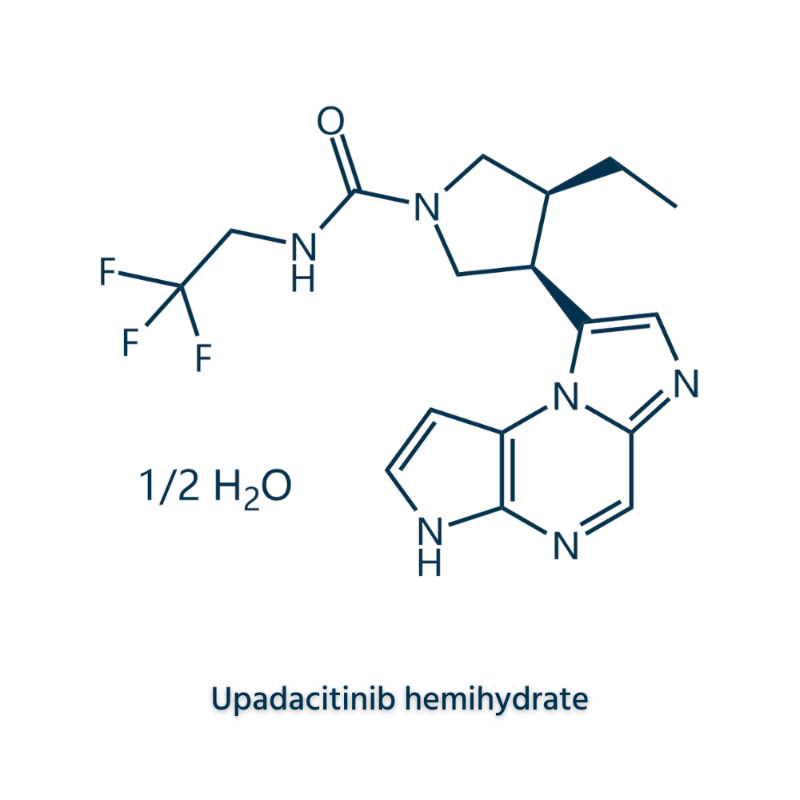-
Categories
-
Pharmaceutical Intermediates
-
Active Pharmaceutical Ingredients
-
Food Additives
- Industrial Coatings
- Agrochemicals
- Dyes and Pigments
- Surfactant
- Flavors and Fragrances
- Chemical Reagents
- Catalyst and Auxiliary
- Natural Products
- Inorganic Chemistry
-
Organic Chemistry
-
Biochemical Engineering
- Analytical Chemistry
-
Cosmetic Ingredient
- Water Treatment Chemical
-
Pharmaceutical Intermediates
Promotion
ECHEMI Mall
Wholesale
Weekly Price
Exhibition
News
-
Trade Service
Local implantation of radioactive elements is a kind of close-up radiotherapy, because of the low radiation dose, can control the tumor and better protect normal nerve tissue- Excerpted from the article chapter
(Ref: Shafiq AR, et alJ Neurosurg2019 Mar 1:1-6doi: 10.3171/2018.11.JNS181943Theof meningiomas that still recur sepsis after the maximum removal of combined radiation therapy (external-beam radiation therapy, EBRT) is a treatment challengeIf external radiotherapy is repeated, the important structure within the skull is prone to radioactive necrosisLocal implantation of radioactive elements is a kind of close-up radiotherapy, because of the low radiation dose, can control the tumor and better protect normal nerve tissueThere have been reports of recurrent meningiomas under a microscope implanted125I to treat a recurrent meningioma at the bottom of the skullAsif Raza Shafiq, a neurosurgery surgeon at StBarnabas Medical Center in New Jersey, USA, recently reported a case of interstitial meningioma that had relapsed from the bottom of the skull after surgery, in patients with low-dose131Cs in brachytherapy implanted under the endoscopic endonasal approach,EEAThe article was published online in March 2019 by J Neurosurg48-year-old male patient, in March 2004 appeared vision blurred and headache, no neurological positive signs; Postoperative pathology examination suggests atypical meningioma (WHO II) followed by EBRT treatmentBetween 2005 and 2018, the tumor relapsed several times, and several operations and radiotherapyIn January 2017, another operation was performed, and the pathological examination of the recurrent tumor was an interdegenerative meningioma (WHO Class III)In February 2018, the tumor relapsed again, measuring 3.5 x 2.3 x 2.2cm in size, and violated the right sieve sinuses and eyes through the right sieve plateIn view of the large size, rapid growth and aggressiveness of the tumor, the implementation of stereotactic radiation therapy may further cause radioactive damage to important structures such as optic nervePatients also reject EBRT-assisted treatmentWith the approval of the medical examination committee and the patient's informed consent, the tumor was removed at the same time as implanted131Cs for brachytherapyafter general anaesthetic, after general anaesthetic, under stereotactic navigation and endoscopy, through the left nostrils into the road, open sieve sinuses, butterfly sinuses, the whole removal of sieve bone, shinbone, middle sieve sinus, mid-nasal armor and the remaining nasal interstitator tumorThen implanted131Cs stick into the tumor cavity, arranged in parallel, at intervals of 1cm, and within 0.5cm of the tumor cavity, the local radiation dose reached 80GyAnd note that radioisotopes are not placed within 5mm of the optic nerveNext, the 131 Cs rod is fixed with the self-fat graft and covered with a flap in the nose, then reinforced with an epidural sealant (Figure 1) The patient had no complications from surgery or surgery Figure 1 Photo of the field of vision under the endoscope for nasal surgery A, B Full-cut sieve bone, shinbone, middle group sieve sinuses, mid-nasal armor and the remaining nasal isolation on the tumor, in the tumor cavity in parallel arrangement 131 Cs rod; C self-fat graft fixed 131 Cs rod; D, E take the nasal flap cover with a diaphragm seal seal reinforcement on the first day of , the brain MRI imaging showed that the tumor was completely cut and the patient was discharged from the hospital on the second day after the operation No tumor residue or recurrence was found on the 96th day of MRI Follow-up 8 times within 189 days of surgery The valveins in the patient's nose healed well, withnosing complications such as cerebral spinal fluid leakage, no serious sinusitis or radioactive injury, but the 189th day of MRI imaging found a lump centered on the left nasal cavity, which affected the left eye socket, the left upper jaw sinus, the left sieve sinuses, the front cranial socket and the right straight muscle There was no recurrence of the tumor at the site of the previous excision and proximity treatment In September 2018, the relapse of the recurrent tumor was re-ethered by EEA Within 23 days of the follow-up after the operation, the wound healed well and there was no cerebrospinal fluid leakage authors point out that the endoscopic nasal implant
131 Cs bar close treatment surgery residue of refractory cranial subcranial meningioma is feasible and safe, can be used as a new treatment option.







